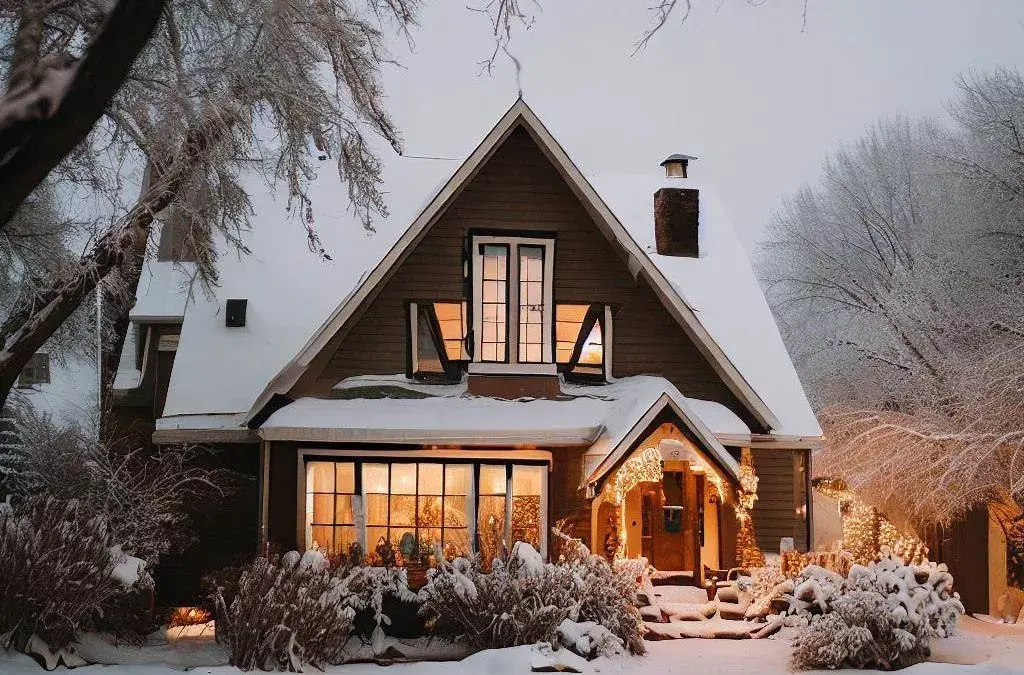Fargo’s extended winters bring more than just snow-covered roads and icy sidewalks, they also raise the risk of water damage for homes and buildings. As temperatures drop, the structural strain on properties increases, making them more vulnerable to leaks, frozen pipes, and moisture intrusion. When water damage strikes during winter, cleanup demands greater precision, planning, and timing than in milder seasons.
Slower evaporation, hidden moisture pockets, and temperature-sensitive materials are just a few factors that can influence the outcome. Without a weather-specific approach, even well-intended restoration efforts may fall short. Let’s understand how these conditions affect Fargo water damage restoration and how restoration services help.
1. Frozen Pipes Go Undetected Until It’s Too Late
Water lines in basements, exterior walls, or unheated areas may freeze when temperatures drop. If those pipes burst, the resulting leaks are not always visible immediately. Moisture may accumulate behind walls or beneath flooring before it is discovered. This delay allows water to spread further than expected, making cleanup more difficult and increasing the likelihood of missed areas.
2. Drying Times Slow Down In Cold Indoor Environments
Low temperatures affect evaporation rates, even inside. Materials such as carpet, drywall, or subflooring take longer to dry, especially in areas without adequate airflow. Heating may help, but moisture can remain trapped without targeted drying tools and proper ventilation. Conditions may support mold growth or cause gradual material damage when this happens.
3. Equipment Struggles In Low Temperatures
Basic restoration tools generally struggle in cold spaces, especially areas without consistent heating. Garages, basements, or vacant buildings may not maintain the temperatures needed for proper operation. This can affect both drying time and moisture detection.
- Standard dehumidifiers may slow down or stop working
- Air movers might circulate air less effectively
- Moisture meters can deliver unreliable readings
When tools fail to operate fully, surfaces may appear dry while water lingers underneath. This unseen moisture can later lead to structural issues or mold. Using temperature-appropriate equipment helps avoid incomplete cleanup.
4. Wall Cavities And Insulation Hold Moisture Longer
Insulation inside walls tends to retain water more than visible surfaces. Water entering through pipe leaks or exterior cracks may become trapped in wall cavities. These areas are harder to assess and dry without specialized equipment in Fargo homes. In cold weather, materials freeze and thaw, making detection even more difficult and increasing the chance that some moisture will go untreated.
5. Snowmelt Can Worsen Existing Moisture Issues
Melting snow near a building’s foundation or roof can introduce moisture into areas already affected by water damage. This added moisture may not be immediately apparent. If it enters slowly, it can blend with dampness from a past leak or flood. This overlap can make it harder to identify the source of the problem, delaying effective cleanup and repair.
6. Temperature Fluctuations Affect Repair Materials
Sealants, adhesives, and patching products used in the final cleanup phase respond differently to cold air. Fluctuations in Fargo temperature may cause these materials to expand or contract, sometimes weakening their bond. If repairs are not made using products suited to colder environments, restored areas may become vulnerable to future moisture problems.
Restoration teams in Fargo typically work with specialized tools and methods suited to local weather. Their experience handling moisture in cold conditions helps reduce oversights during winter cleanups. Using moisture mapping, targeted drying, and controlled monitoring, they address visible and concealed damage without relying on seasonal assumptions. These efforts contribute to more complete results for affected properties.
Fargo water damage restoration during winter can present unique challenges if cold weather factors are not considered. Cold air, hidden snowmelt, and slower drying all affect how successful a cleanup will be. With the right approach tailored to Fargo conditions, property owners can feel more confident that repairs are thorough and long-lasting. Understanding the environment is one of the most effective ways to prevent future problems and protect the value of a building after water exposure.
Also Read



